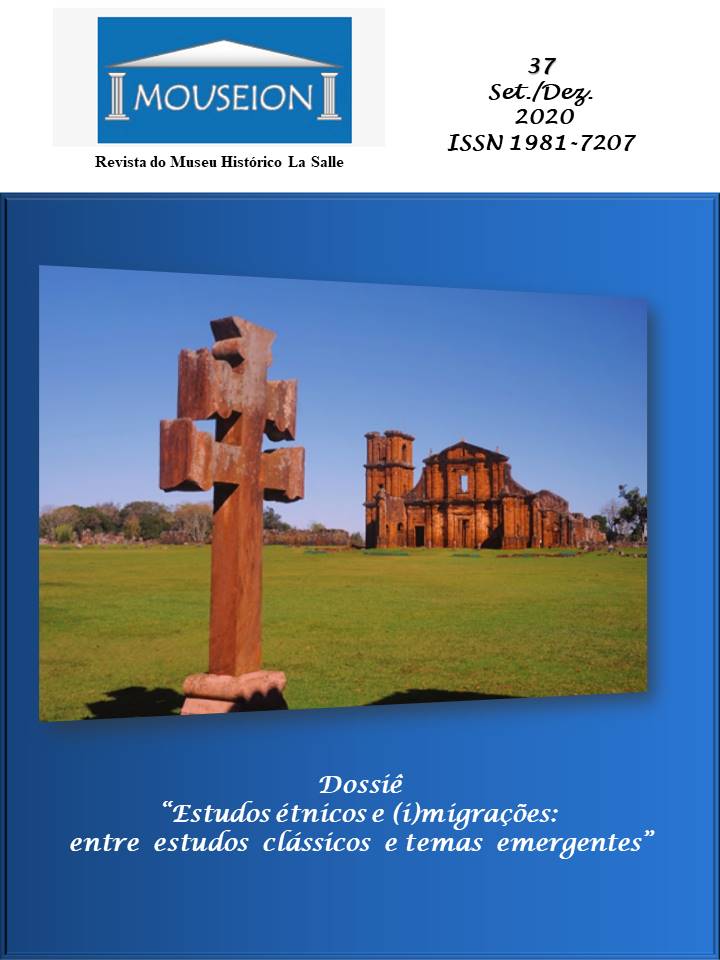Socioeconomic mapping of haitian immigrants attended by CRAS/Leste in Caxias do Sul-RS
DOI:
https://doi.org/10.18316/mouseion.v0i37.7584Keywords:
Immigrants, Haitians, Social Assistance, CRAS, Caxias do Sul-RSAbstract
The social impact of contemporary international migrations has a significant impact on the Caxias do Sul city reality. The city is one of the main immigrant destinations in the Rio Grande do Sul state, especially those coming from countries like Haiti and Senegal. These migrant processes entail changes in the cities on different aspects, such as public policies. Aiming to develop a socioeconomic mapping profile, we conducted this Project at the Centro de Referência da Assistência Social (CRAS), located in the De Lazzer neighborhood, where there are, from 2013 and 2017, around 300 attendance registries, mainly from Haitians. This research has exploratory and descriptive character, with a qualitative and quantitative approach about the reality of the Haitian community in attendance by the Caxias do Sul’s CRAS. The data were obtained from 102 attendance sheets between 2013 and 2017. The quantitative data were analyzed using descriptive statistics and the qualitative results, by the content analysis. The results show that the main demands of these immigrants are for feeding, furniture, and clothing, besides social and psychologic demands. We identified that social assistance has a great impact on their lives and that there is a lack of public policies that allow greater reception.
Downloads
Published
Issue
Section
License
Authors must submit their manuscripts to be published in this journal agree with the following terms:
Authors maintain the copy rights and concede to the journal the right of first publication, with the paper simultaneously licensed under the License Creative Commons attribution that permits the sharing of the paper with recognition of authorship and initial publication in this journal.
Since the articles are presented in this journal of public access, they are of free use, with their own attributions for educational and non-commercial purposes.


